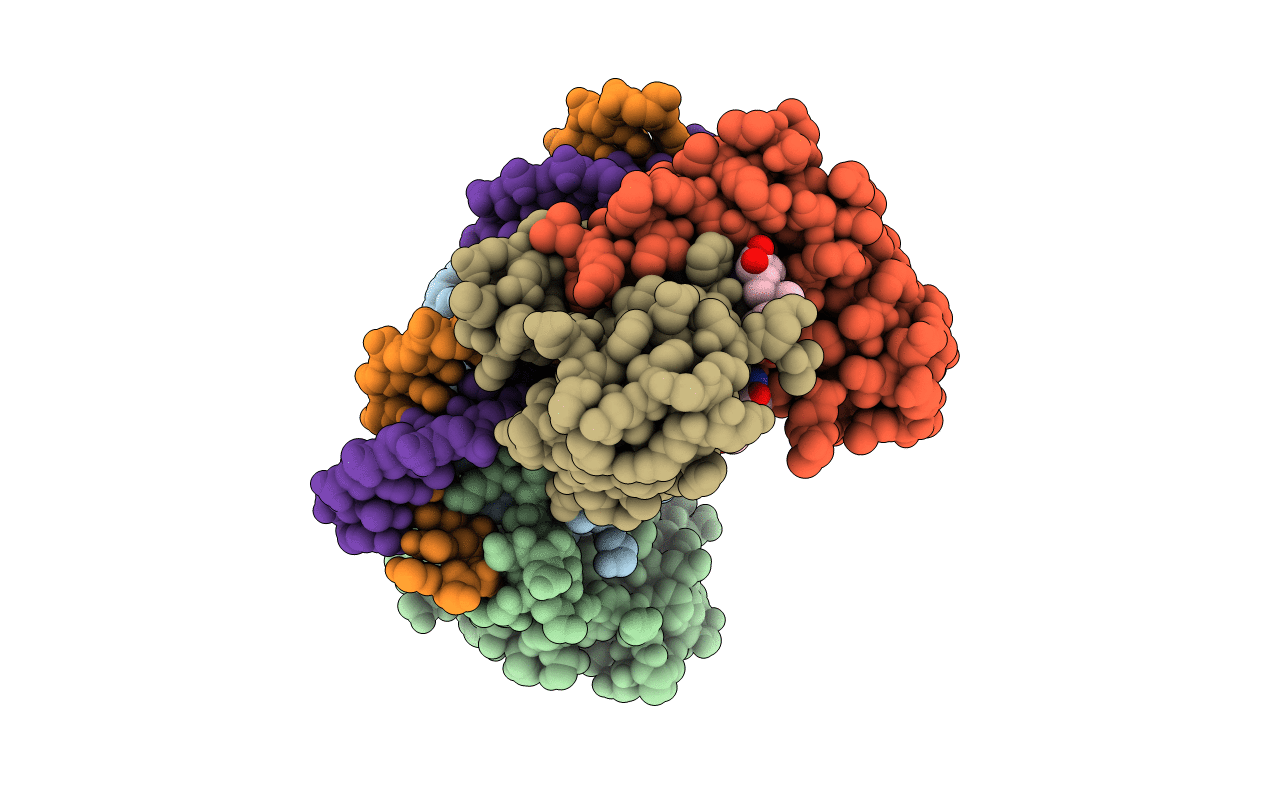
Deposition Date
1998-01-28
Release Date
1999-08-02
Last Version Date
2023-08-02
Entry Detail
PDB ID:
1MJO
Keywords:
Title:
METHIONINE HOLOREPRESSOR MUTANT (Q44K) PLUS COREPRESSOR (S-ADENOSYL METHIONINE) COMPLEXED TO THE MINIMAL MET CONSENSUS OPERATOR WITH THE CENTRAL TA STEP MUTATED TO AT
Biological Source:
Source Organism:
Escherichia coli (Taxon ID: 562)
Host Organism:
Method Details:
Experimental Method:
Resolution:
2.10 Å
R-Value Free:
0.24
R-Value Work:
0.18
R-Value Observed:
0.18
Space Group:
P 32 2 1


